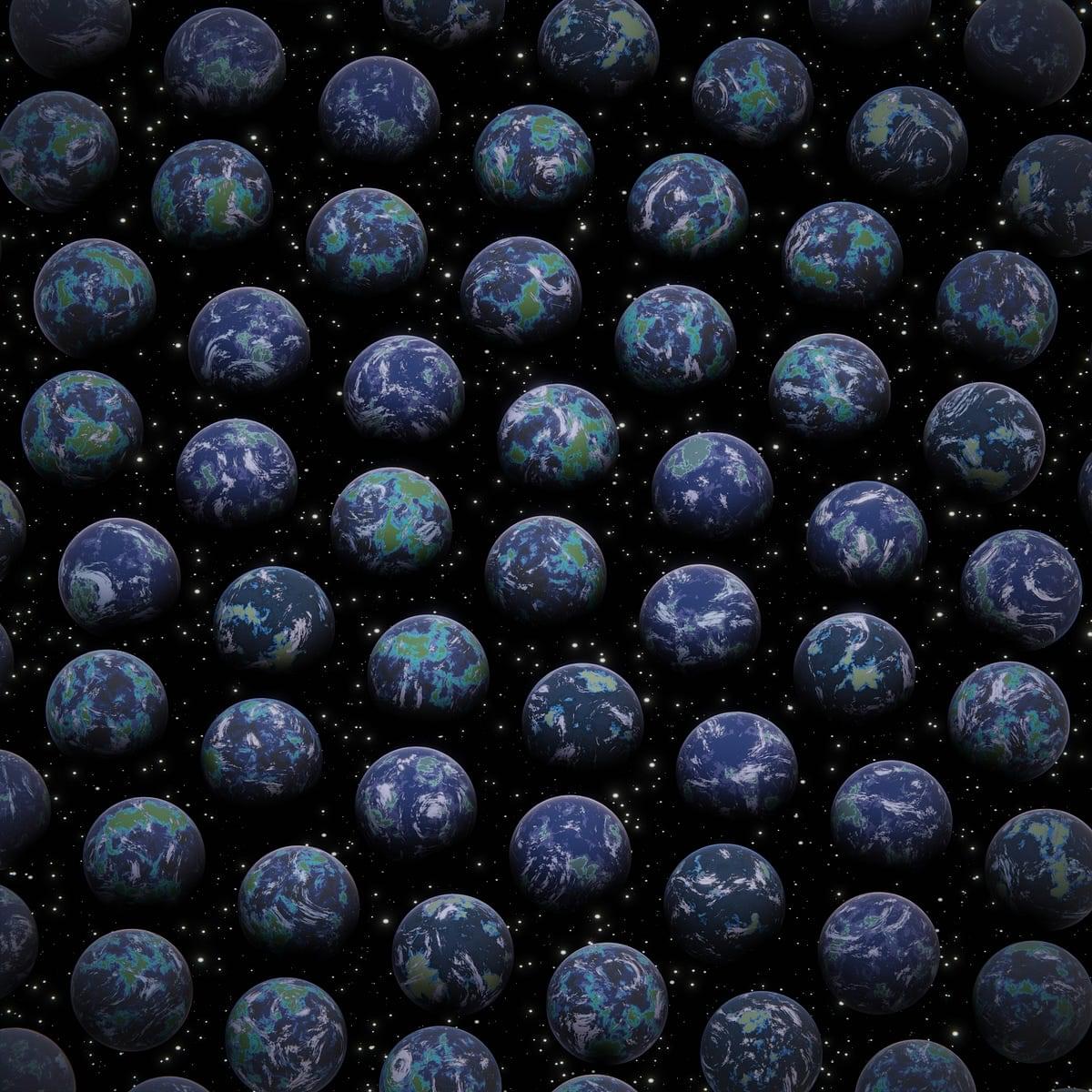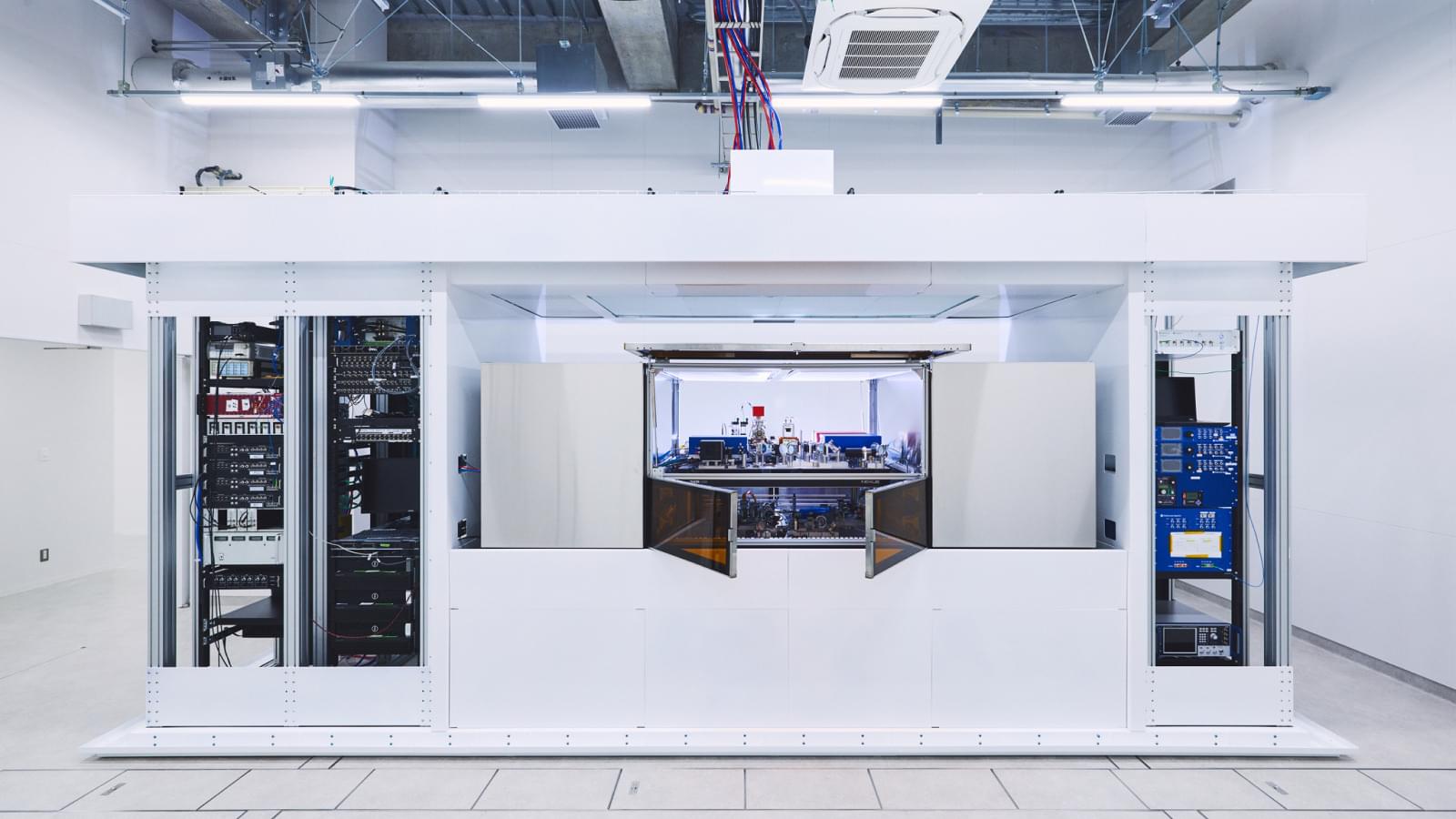Computer scientist Peter Gutmann tells The Reg why it’s ‘bollocks’



I have for a long time been searching for applications of the philosophy of Wittgenstein, particularly later Wittgenstein, to physics. I believe I have found that application in the work of Peter Putnam, who, building on the philosophy of Sir Arthur Eddington, Everett (of Many Worlds fame), and John Wheeler, constructed, in his private musings, the beginnings of a verbal, syntactical representation theory for quantum physics.
There have been a couple of articles lately about Putnam, starting with this one in Nautilus less than a month ago.
He was a relatively unknown figure who might have been as famous as Wittgenstein himself if not for a meddling mother.

The Graduate School of Information Science (GSIS) at Tohoku University, together with the Physics and Informatics (PHI) Lab at NTT Research, Inc., have jointly published a paper in the journal Quantum Science and Technology. The study involved studying a combinatorial clustering problem, a representative task in unsupervised machine learning.
Together, the two institutions are researching methods to bring to life a large-scale CIM simulation platform using conventional high-performance computing (HPC). This large-scale CIM will be critical to enabling cyber CIMs that will be widely accessible for solving hard NP, NP-complete and NP-hard problems.
The collaboration kicked off in 2023 with Hiroaki Kobayashi, Professor at the GSIS at Tohoku University, acting as the principal investigator for the joint research agreement (JRA), with PHI Lab Director Yoshihisa Yamamoto joining as the NTT Research counterpart to Kobayashi.

At the forefront of discovery, where cutting-edge scientific questions are tackled, we often don’t have much data. Conversely, successful machine learning (ML) tends to rely on large, high-quality data sets for training. So how can researchers harness AI effectively to support their investigations?
In Physical Review Research, scientists describe an approach for working with ML to tackle complex questions in condensed matter physics. Their method tackles hard problems which were previously unsolvable by physicist simulations or by ML algorithms alone.
The researchers were interested in frustrated magnets— magnetic materials in which competing interactions lead to exotic magnetic properties. Studying these materials has helped to advance our understanding of quantum computing and shed light on quantum gravity. However, frustrated magnets are very difficult to simulate, because of the constraints arising from the way magnetic ions interact.



IN A NUTSHELL 🚀 Nord Quantique introduces a revolutionary bosonic qubit design that integrates error correction directly into its structure. 🌱 The new quantum computers are significantly energy-efficient, using only a fraction of the power required by traditional systems. 🔧 Utilizing multimode encoding, Nord Quantique’s system achieves a 1:1 ratio of physical to logical qubits.


Rabi-like splitting is one of the key concepts in modern quantum technology. Fully understanding it can help us advance our knowledge in quantum information processing. Assistant Professor Aakanksha Sud (Tohoku University), Dr. Kei Yamamoto (JAEA), Professor Shigemi Mizukami (Tohoku University), and collaborators discovered that Rabi-like splitting could be achieved using nonlinear coupling, which remarkably preserves the symmetries of the system. This result opens up various possibilities to deepen our understanding of nonlinear dynamics and coupling phenomena in artificial control.
The findings were published in Physical Review Letters on June 20, 2025.
In quantum physics, when there is a coupling between two harmonic oscillators with an ideal oscillation frequency, the oscillation frequency splits to two different frequencies in the coupled system. The difference in these two frequencies is referred to as Rabi splitting.
